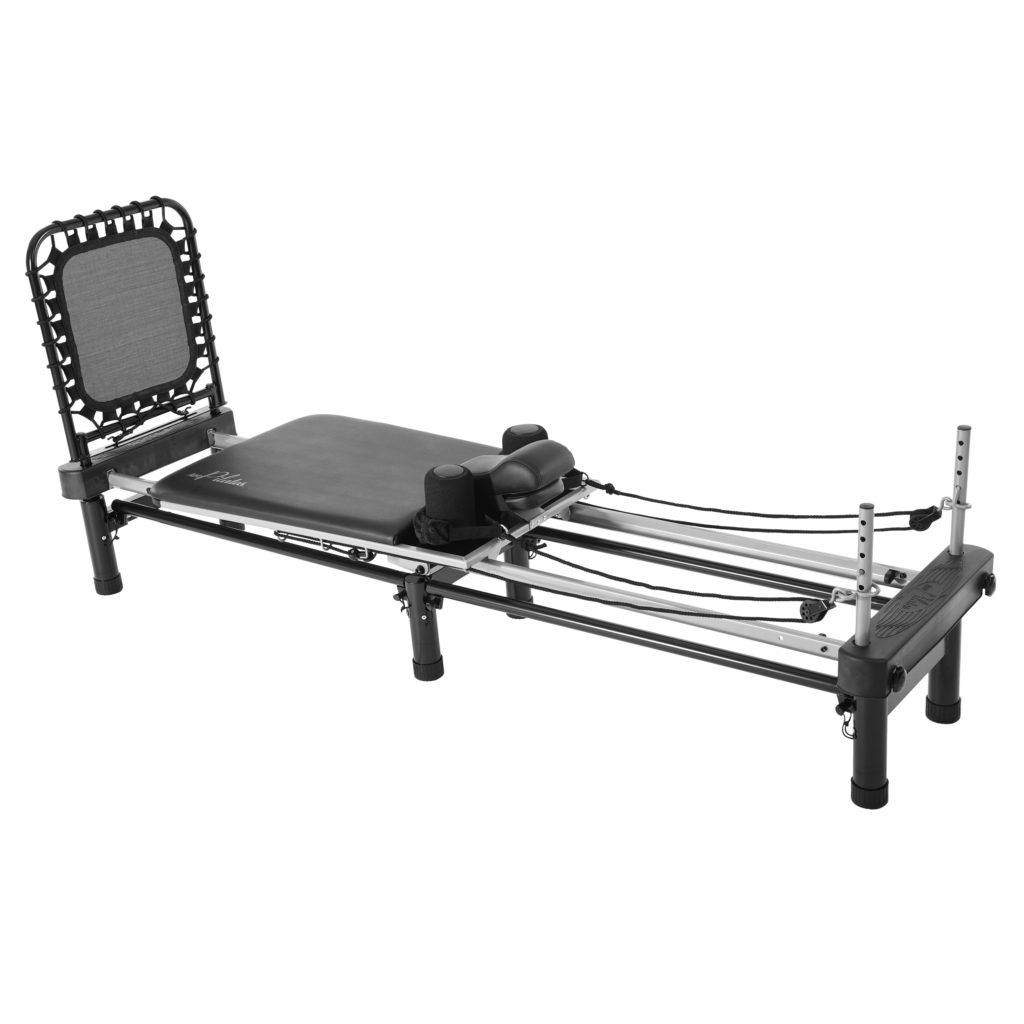Making “Healthy” a Reality: Part II, Behavior to Habit
You brush your teeth. (Or at least you might want to think about starting.)
You bathe frequently. (Also a good choice.)
You know how to and make sure to put on clothes.
You tie your shoes. (Or simplify with flip-flops if you are like me.)
At some point in your life, you formed a habit and these specific behaviors simply became a part of each day. You don’t have to think much about it. Rather, you do it. Are these behaviors extremely pleasurable? Not really. You have come to understand they must be done.
Therefore, any behavior we deem worthy to our survival, our physical or mental health, or to the comfort of others around us (i.e. wearing clothes so as not to cause an uproar or get a ticket for indecent exposure) is something we can make a habit out of. This includes healthful movement. But, the question remains: why is this behavior not as important as brushing your teeth or bathing?
Exercise, or the movement that you decided on in Part 1, need not be ecstatically exciting each day, but instead, just something you simply don’t dread. Not every behavior in our day needs to be something we derive pleasure from. It could merely be movement that is easy to mold from “behavior-to-habit” without causing you too much angst.
At some point in time, you or someone who cared about you helped you see the value in brushing your teeth. Now is the time for you (and “you” could also be a person who cares about you since self-care is important), to help yourself understand the importance of creating this resonating form of movement you have chosen into a habit. Here are 3 steps to help you do just that:
I. Work out your “why?”
What’s the reason that manufacturing this behavior into a habit is going to make your life better? Determine why this behavior needs to be a habit you implement everyday.
II. Decide on a start date to begin your behavior, the time you will be able to commit to each day, and an end point at least 10 weeks from the starting point.
Why 10 weeks? A new study says to expect habit formation after a consistent 10 weeks, or 2-3 months for a behavior to become “second nature.”
III. Find accountability.
Watching my two-year old learn to create a habit of brushing her teeth proves that we do better with accountability. Showing me her pearly-whites after a good scrubbing helps her find accountability to keep her new habit going, and empowers her to know she accomplished this task herself. And nowadays, with all the apps that you can log in to daily, devices that you wear to track your movement, or online and in-person support group of like-minded habit-creators, there is certainly a sure-fire way to the success of making your movement a habit that’s too legit to quit.
Still lost on where to begin, or need some ideas of just exactly what kind of movement would resonate with you?
In Part III of this article, I’ll be giving you some beginner-friendly movement strategies you may have not yet considered, as well as a complete video workout “Simple Strength Routine” to show you how easy and quick you can work your whole body with little to no equipment and little to no time.












